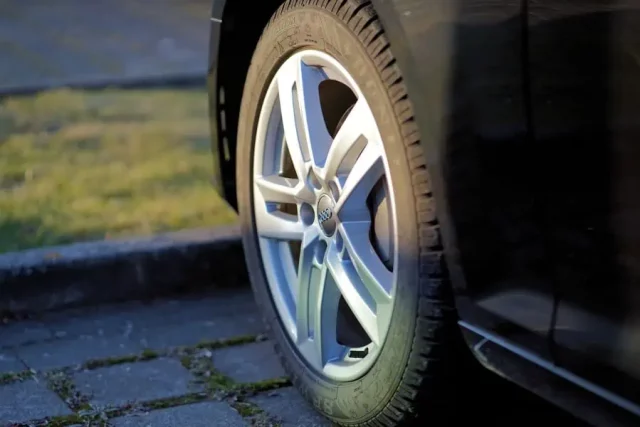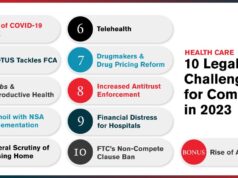Tires are one of the most critical components of a vehicle, and their proper maintenance is essential for optimal performance, safety, and longevity. Neglecting tire maintenance can lead to reduced fuel efficiency, compromised handling, and increased risk of accidents. This comprehensive guide aims to provide you with the ultimate tire maintenance tips and techniques to unleash the power of long-lasting treads and maximize the lifespan of your tires.
Proper Wheel Alignment
Wheel alignment refers to adjusting the wheels’ angles to contact the road. Incorrect alignment can cause uneven tire wear, the vehicle pulling to one side, and compromised handling. Factors like potholes, curbs, and regular wear and tear can affect wheel alignment. It is essential to have your wheel alignment checked by a professional regularly if you notice any signs of misalignment. A qualified technician will perform a basic alignment check and use specialized equipment to measure and adjust the alignment angles, including camber, toe, and caster, per the vehicle manufacturer’s specifications. From there, the technician can determine if the wheel alignment is needed and adjust the angles accordingly.
Correct Tire Balancing
Tire balancing is necessary to ensure the weight is evenly distributed around the tire and wheel assembly. When a tire is not balanced correctly, it can cause vibrations, uneven tread wear, and potentially damage suspension components. A technician will use a balancing machine to determine any weight imbalances during tire balancing. Small weights are added to the wheel to offset the imbalance and achieve proper balance. It is recommended to have your tires balanced when mounted on the wheels and when you feel vibrations or notice uneven wear.
Tire Rotation
Tire rotation involves moving the tires from one position to another on the vehicle to promote even wear and extend their lifespan. The front and rear tires experience different forces and wear patterns due to weight distribution and steering dynamics. By rotating the tires regularly, you can distribute the wear more evenly and ensure that each tire performs optimally. The recommended tire rotation pattern may vary depending on your vehicle’s drivetrain (front-wheel drive, rear-wheel drive, all-wheel drive) and tire type (directional or non-directional). Consult your vehicle’s owner’s manual or tire manufacturer’s recommendations for the appropriate rotation pattern and interval.
Regular Tire Inspections
Regular tire inspections are the foundation of proper tire maintenance. By visually examining your tires, you can identify any signs of damage, wear, or other issues requiring attention. Check for signs of uneven wear, such as excessive wear on the edges or in the center of the tire. Irregular wear patterns may indicate misalignment, improper tire inflation, or suspension issues that must be addressed. Look for any cuts, bulges, cracks, or punctures on the tire sidewalls and treads. These can compromise the tire’s structural integrity and increase the blowout risk.
Tire Pressure Maintenance
Maintaining proper tire pressure is crucial for tire performance, fuel efficiency, and safety. Underinflated or overinflated tires can adversely affect the overall handling of your vehicle and the lifespan of your tires. Some key points to consider regarding tire pressure maintenance include the following:
- Check Tire Pressure Regularly: It is essential to check your tire pressure at least once a month or before embarking on a long journey. Use a reliable tire pressure gauge to measure the pressure accurately.
- Follow the Manufacturer’s Recommendations: Refer to your vehicle’s owner’s manual or the placard on the driver’s side door jamb for the recommended tire pressure. The recommended pressure is specific to your vehicle’s make and model.
- Adjust Tire Pressure When Necessary: If the tire pressure is too low, use an air compressor to add air until the desired pressure is reached. If the pressure is too high, release air gradually by pressing the valve stem with a small tool or the tip of a pen. Avoid over-inflating or underinflating your tires.
- Consider Temperature Changes: Tire pressure can fluctuate with temperature changes. As the temperature drops, the tire pressure decreases, and vice versa. Remember this and adjust the tire pressure accordingly during extreme weather conditions.
Necessary Replacement
Despite proper maintenance, tires will eventually wear out and need replacement. Here are some signs that indicate it’s time to replace your tires:
- Tread Wear Indicators: Modern tires often have built-in tread wear indicators, small bars, or bridges that become visible when the tread depth is worn down to a certain level. If these indicators are visible, it’s a clear sign that your tires need replacement.
- Shallow Tread Depth: Use the penny test or a tread depth gauge to measure the tread depth. If the tread depth is below the recommended level or worn unevenly, it’s time to consider new tires.
- Cracks, Bulges, or Punctures: If you notice any significant cracks, bulges, or punctures on the tire sidewalls or treads, it is unsafe to continue using them. Such damage compromises the tire’s structural integrity and poses a risk of failure.
- Age of the Tires: Even if your tires have sufficient tread depth, replacing them after a certain number of years is recommended. Tire manufacturers typically provide guidelines on tire lifespan, usually around six to ten years, regardless of tread wear.
Appropriate Storage
Proper tire storage is crucial, especially when switching to seasonal tires or storing spare tires. Follow these tips for storing your tires effectively:
- Clean and Inspect: Before storing your tires, ensure they are clean and free from dirt, debris, and moisture. Inspect them for any signs of damage or excessive wear.
- Inflate and Protect: Inflate the tires to the recommended pressure and place them in a cool, dry, well-ventilated area away from direct sunlight, chemicals, and heat sources. Consider using tire covers to protect them from dust and UV rays.
- Store Upright or Suspended: If storing tires upright, stack them securely to prevent them from toppling over. Alternatively, you can hang them using a tire storage rack or wall mount. Avoid storing them on bare concrete floors, as they can absorb moisture.
Proper tire maintenance is essential for your vehicle’s longevity, performance, and safety. Regular tire inspections, rotation, wheel alignment, balancing, and maintaining the correct tire pressure are all crucial aspects of tire maintenance. By following these guidelines and replacing tires when necessary, you can maximize the lifespan of your tires, improve fuel efficiency, enhance vehicle handling, and ensure a safer driving experience. Remember, consult a professional tire technician or automotive expert for guidance and assistance in maintaining your tires when in doubt.














